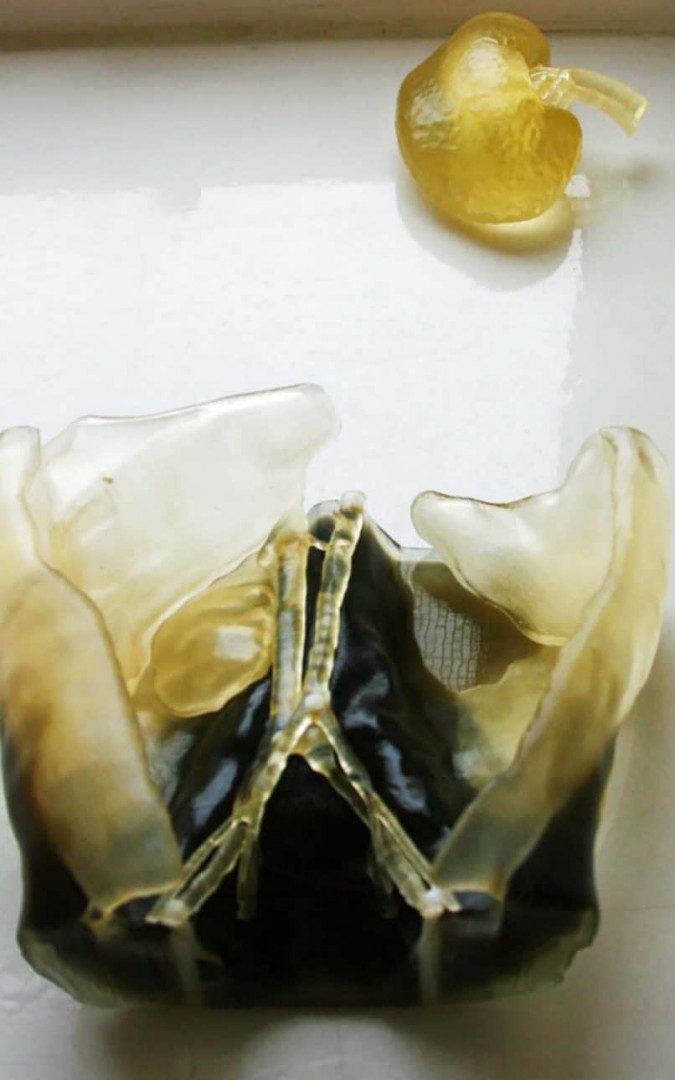In a pioneering operation, surgeons use 3D scanning and 3D printing to verify that a father’s kidney would fit in his young son’s abdomen before a live-saving kidney transplant.
Surgeons at Guy’s and St Thomas’ NHS Foundation Trust in London have used 3D printing to save a two-year-old child’s life in a complex kidney transplant operation.
Dexter Clark was born with severe kidney problems, and he could only eat with the help of a feeding tube. His father Brendan was a perfect match as a donor, but there was a problem; for a small toddler to receive a large adult kidney posed a serious challenge.
The Guy’s and St Thomas’ Foundation Trust is one of the largest NHS trusts in the UK, and surgeons across the trust have started using Stratasys multi-material printing for planning operations.
Surgeons were able to scan and 3D print Dexter’s abdomen and the new kidney with a printer from Tri Tech 3D. The 3D printed models were also taken into the operating theatre on the day of the transplant, and reviewed by transplant surgeons.
In so doing, they were able to anticipate — and mitigate — any complications that might have arisen.
3D Printed Kidney Transplant Operation is a World First
Dexter’s mother, Emily Clark, is delighted with the happy outcome.
“Since the transplant, Dexter is a changed boy, eating solid food for the very first time,” she says.
“We always knew the operation would be complicated but knowing that the surgeons had planned the surgery with 3D models that matched the exact anatomy of my husband’s kidney and son’s abdomen, was extremely reassuring.
“We hope that Dexter’s case will offer other suffering families similar reassurance that cutting-edge technology, such as 3D printing, can help surgeons better treat their loved ones.”
The Trust now holds the distinction of being the first hospital in the world to use 3D printed models to pre-plan the successful transplantation of an adult kidney into a small child with anatomical complexities.
Pankaj Chandak, Transplant Registrar at Guy’s and St Thomas’ said: “This technology has the potential to really enhance and aid our decision-making process both during pre-surgical planning and in the operating room, and therefore can help in the safety of what is a very complex operation and improve our patient care.”

Source: The Telegraph
Website: LINK

